This stunning, player-grade ’53 Gibson Les Paul Goldtop has some of the coolest mods ever, and has just sold for $35,000
Coolest mods and coolest owner, too, with the Goldtop having belonged to pro musician Linda Lee, who bought it in February 1953 and turned it into a super-practical tone machine
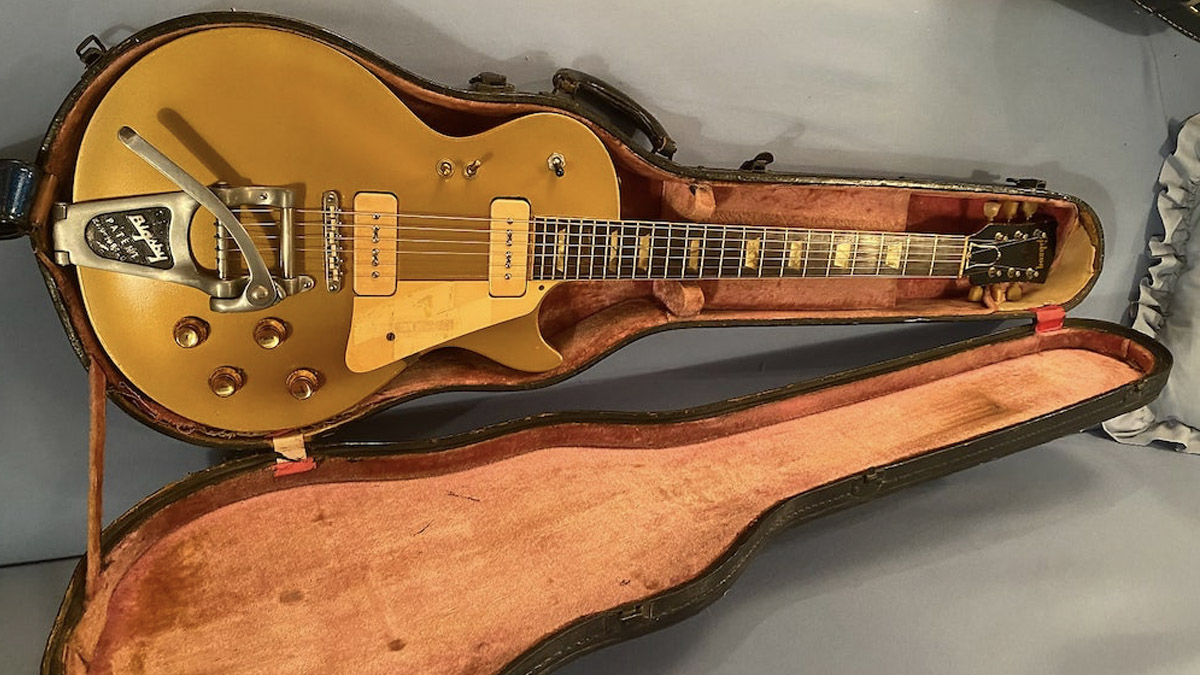
There is a school of thought among collectors of vintage electric guitars that says the most desirable instruments are those considered museum-grade pieces – all but untouched since they left the factory floor way back in the 1950s or ‘60s.
But every now and again, a guitar will pop up that challenges this received wisdom, perhaps with a fleet of carefully considered modifications and a story behind it that just adds to the guitar’s legend. Guitars like Linda Lee’s 1953 Gibson Les Paul Goldtop, serial number 31581, which has just sold on Reverb for $35,000.
Lee’s Goldtop is a one-owner, one-pla instrument. After turning pro in 1949, she bought the Goldtop in February 1953 from Biles Music Company, Hot Springs, Arkansas, and gigged it extensively, playing six nights a week.
“I became a professional musician in 1949, in Chicago, Illinois,” says Lee. “I was playing with the Swing Hers. That was four ladies. One lady played the piano. One lady played the saxophone and clarinet. I played the Les Paul and we had a drummer. It was a great, great band. We played everything; swing, you name it, we played it.”
Along the way, Lee found the Les Paul needed some modifications to make it work with her style. She had started playing the Hammond organ as well, and needed the Goldtop to be more practical. In the ‘60s, she performed a relatively commonplace aftermarket mod for the make, model and period, swapping out the trapeze tailpiece for a Bigsby vibrato.
She swapped in a set of P-90s, too. But the most notable modification could be found adjacent to the three-way pickup selector, where a pair of toggle switches were mounted. These, explains Lee, were for easy access to her guitar amplifier’s reverb and vibrato, allowing her to switch them on and off without using the footswitch.
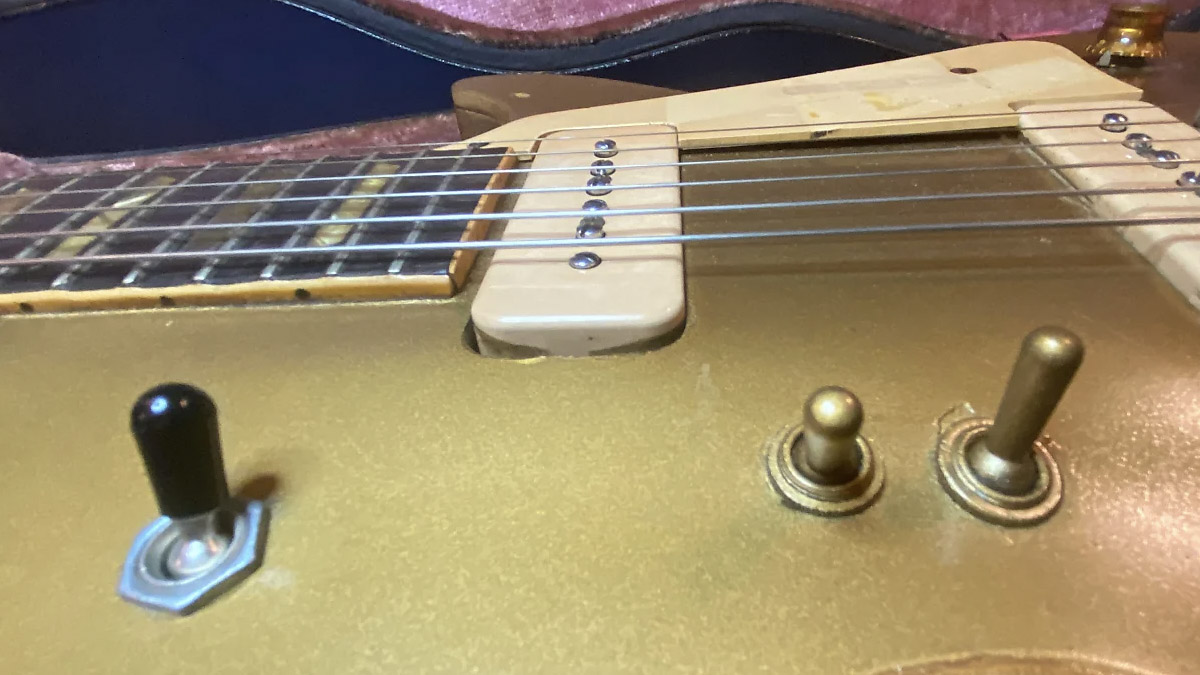
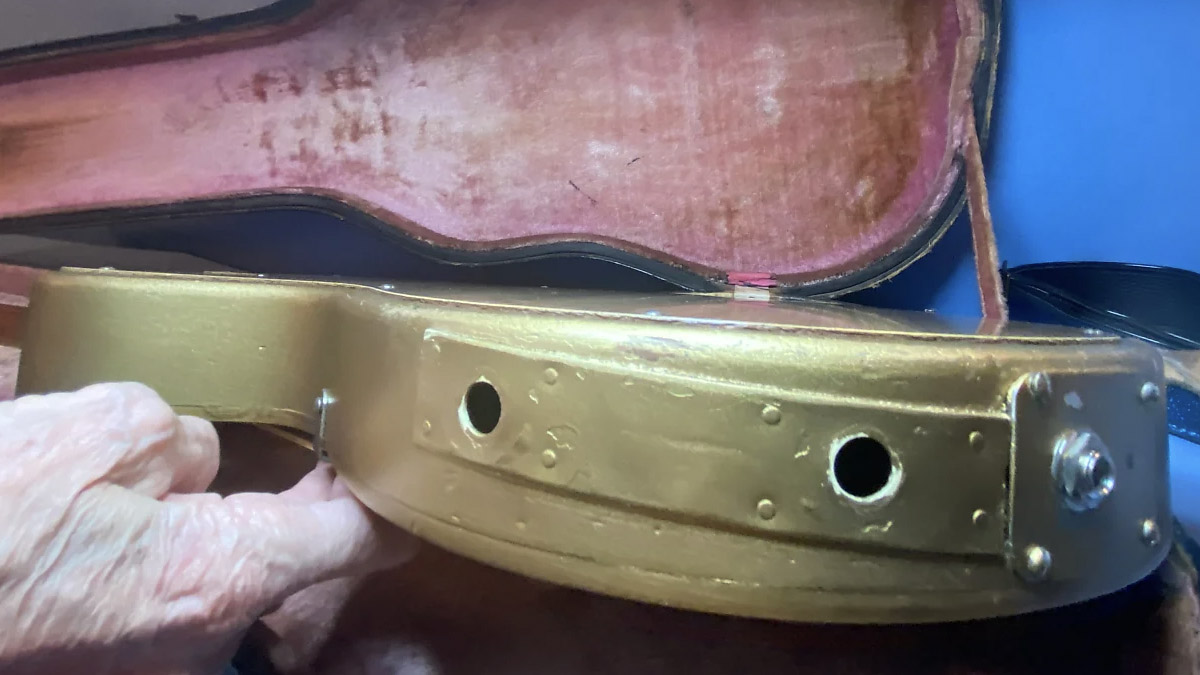
“I had to stand up and play a four-hour gig in high/spike heals and it was hard to step on the reverb and vibrato foot switches so there are toggle switches to turn on/off anything you want to use with your right thumb,” says Lee in the listing.
Get the MusicRadar Newsletter
Want all the hottest music and gear news, reviews, deals, features and more, direct to your inbox? Sign up here.
The two switches are routed to a pair of 1/4” outputs, and although Lee used them for reverb and vibrato, you could hook them up to anything – say an overdrive, fuzz or delay pedal – and switch them in and out of your signal by hand.
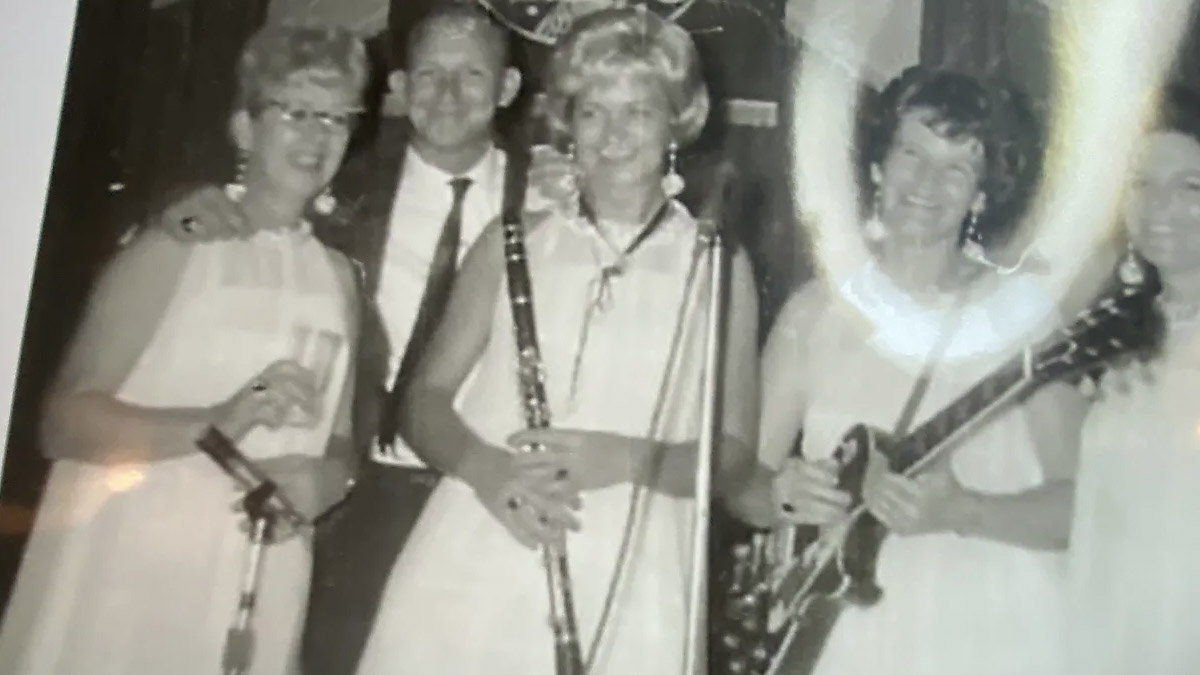
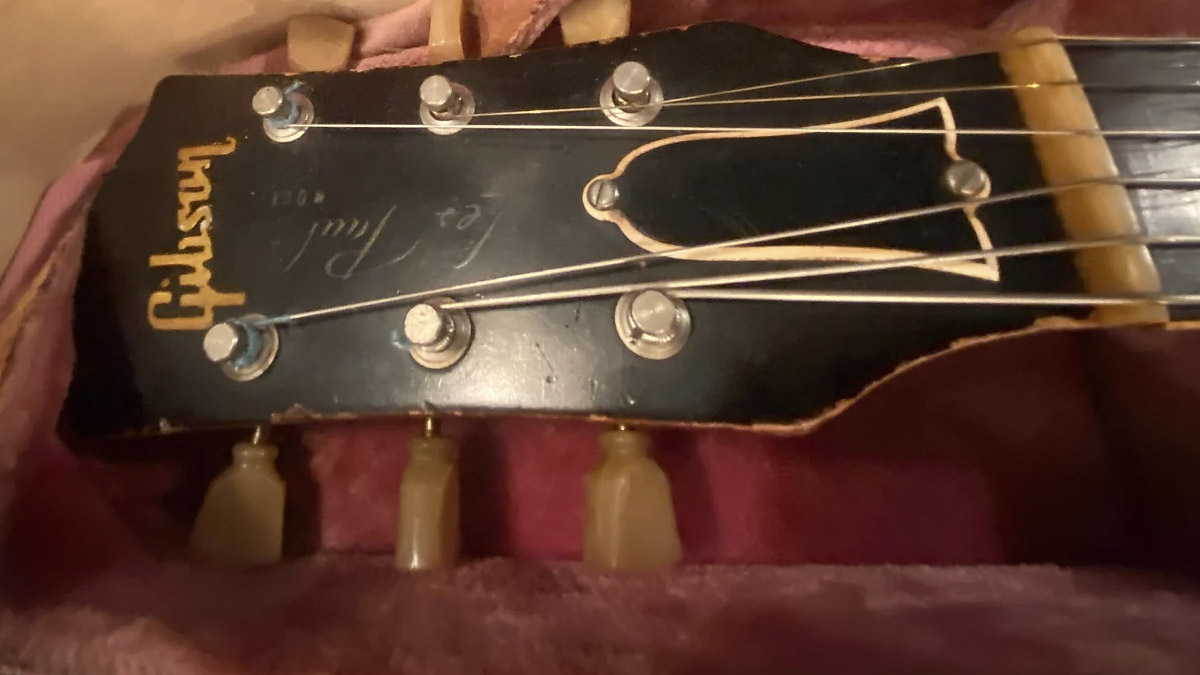
The Goldtop has seen a lot of action, but little damage. It was refinished professionally, and has had a minor neck crack repaired. The original case has been repainted black.
And while those details and the mods might put off a certain brand of collector, and perhaps brought down the price, the video above is testimony that, even through a small Peavey combo, Lee's Goldtop is a bona-fide tone machine. And ancillary toggles for effects? That’s forward-thinking.
Lee ultimately gave the Goldtop up because it got too heavy for her shoulder. But she still plays piano. You can check it out in more detail at Reverb.
Jonathan Horsley has been writing about guitars and guitar culture since 2005, playing them since 1990, and regularly contributes to MusicRadar, Total Guitar and Guitar World. He uses Jazz III nylon picks, 10s during the week, 9s at the weekend, and shamefully still struggles with rhythm figure one of Van Halen’s Panama.
“These guitars travel around the world and they need to be road ready”: Jackson gives Misha Mansoor’s Juggernaut a new lick of paint, an ebony fingerboard and upgrades to stainless steel frets in signature model refresh
“It’s about delivering the most in-demand mods straight from the factory”: Fender hot-rods itself as the Player II Modified Series rolls out the upgrades – and it got IDLES to demo them










